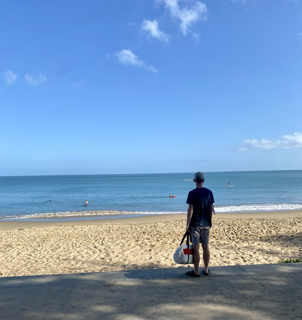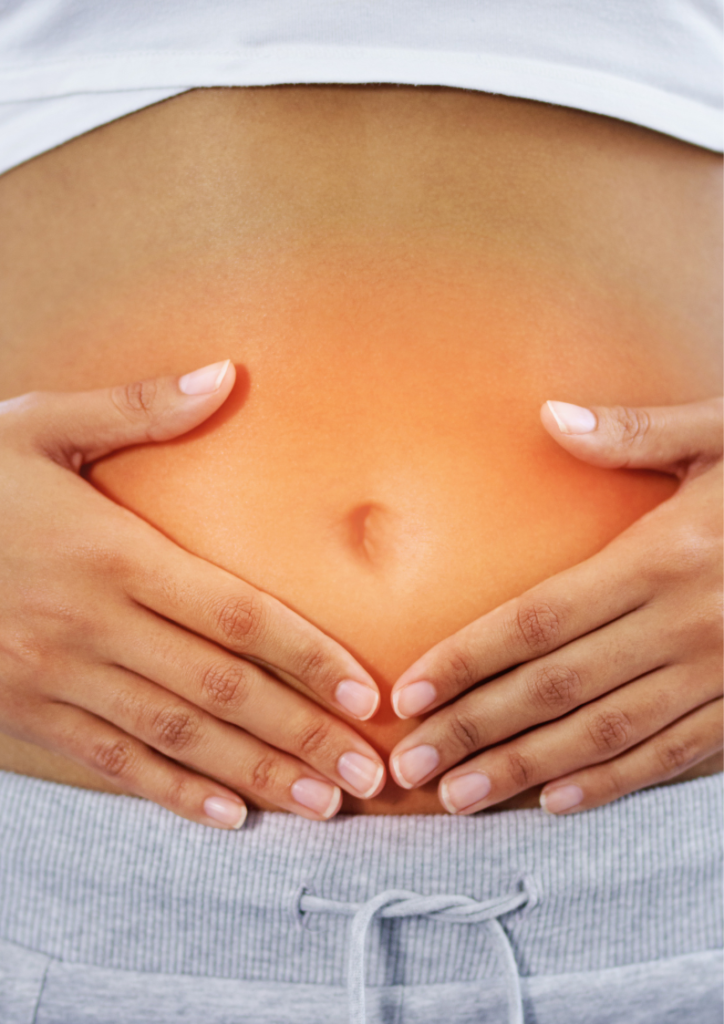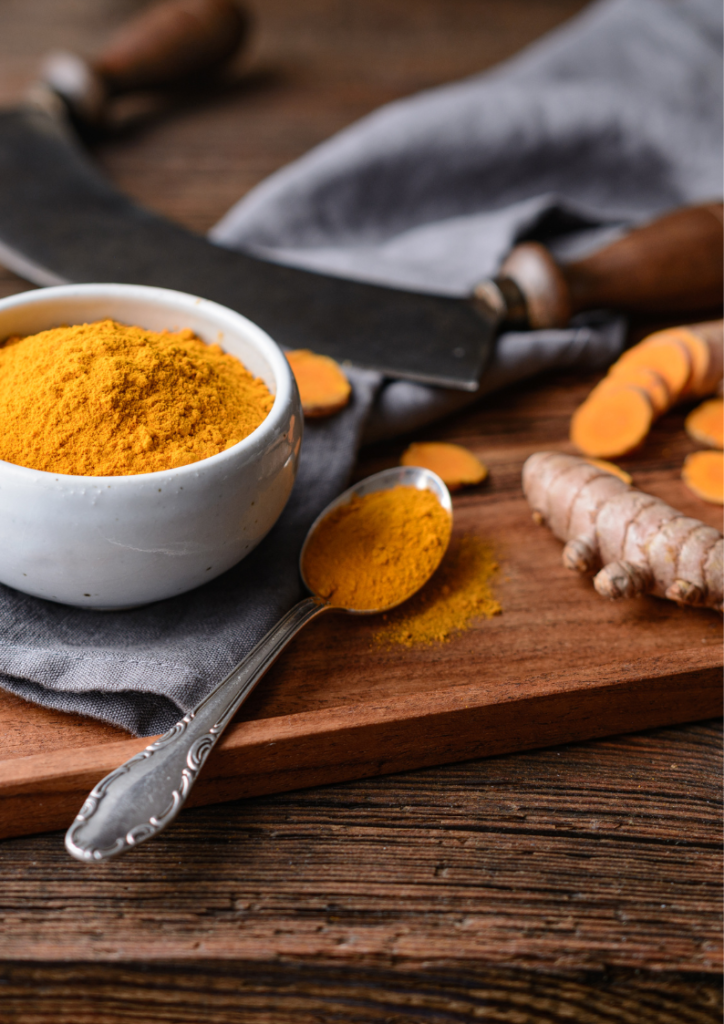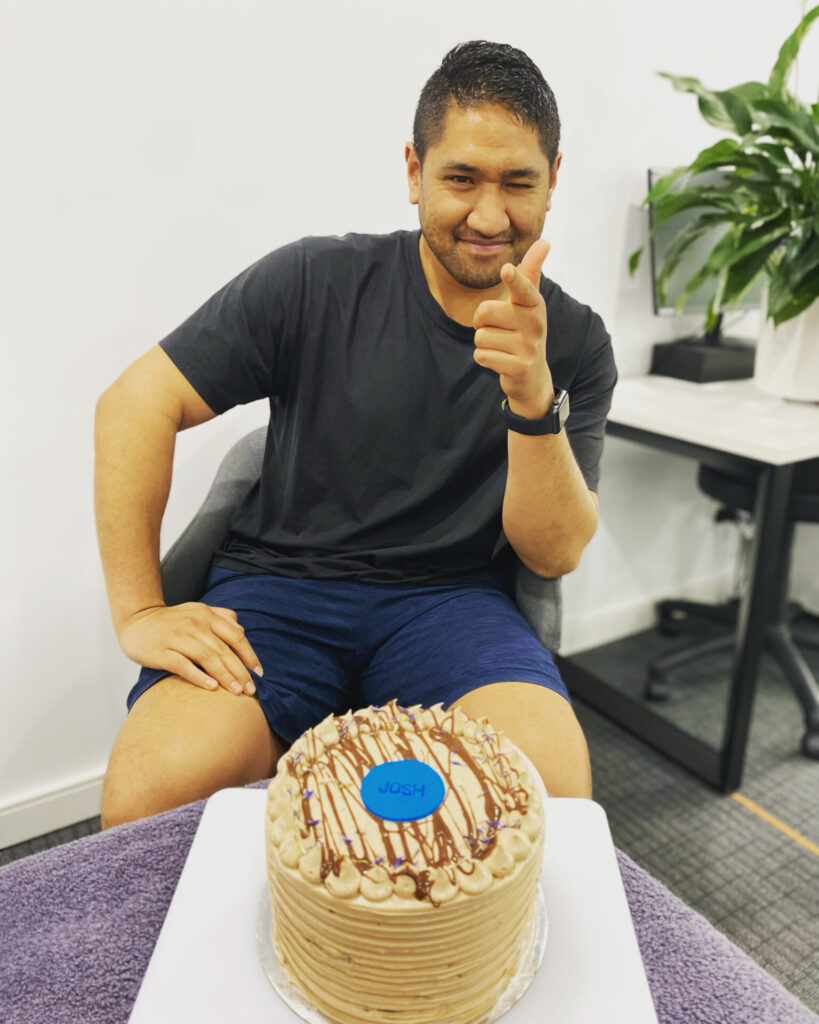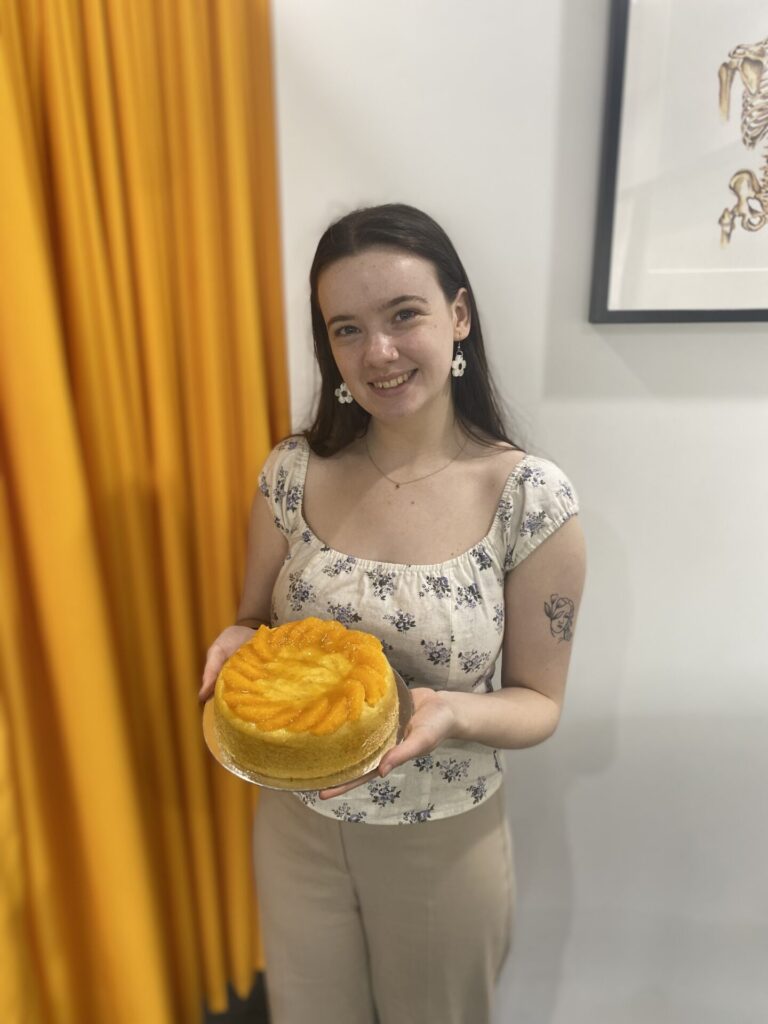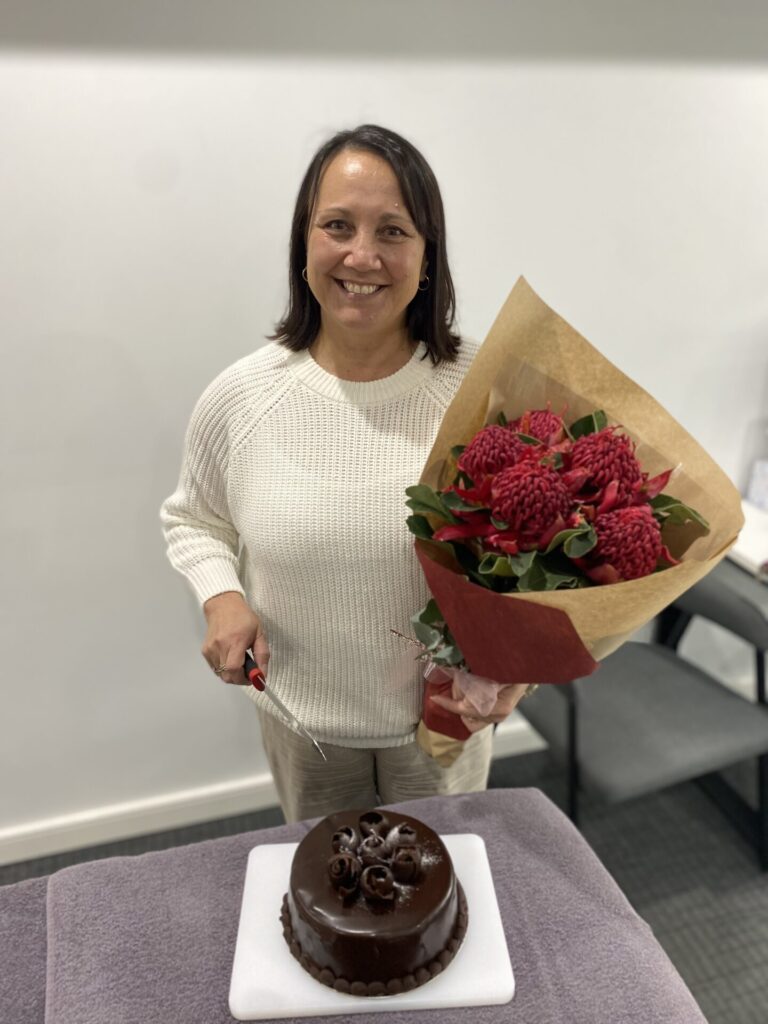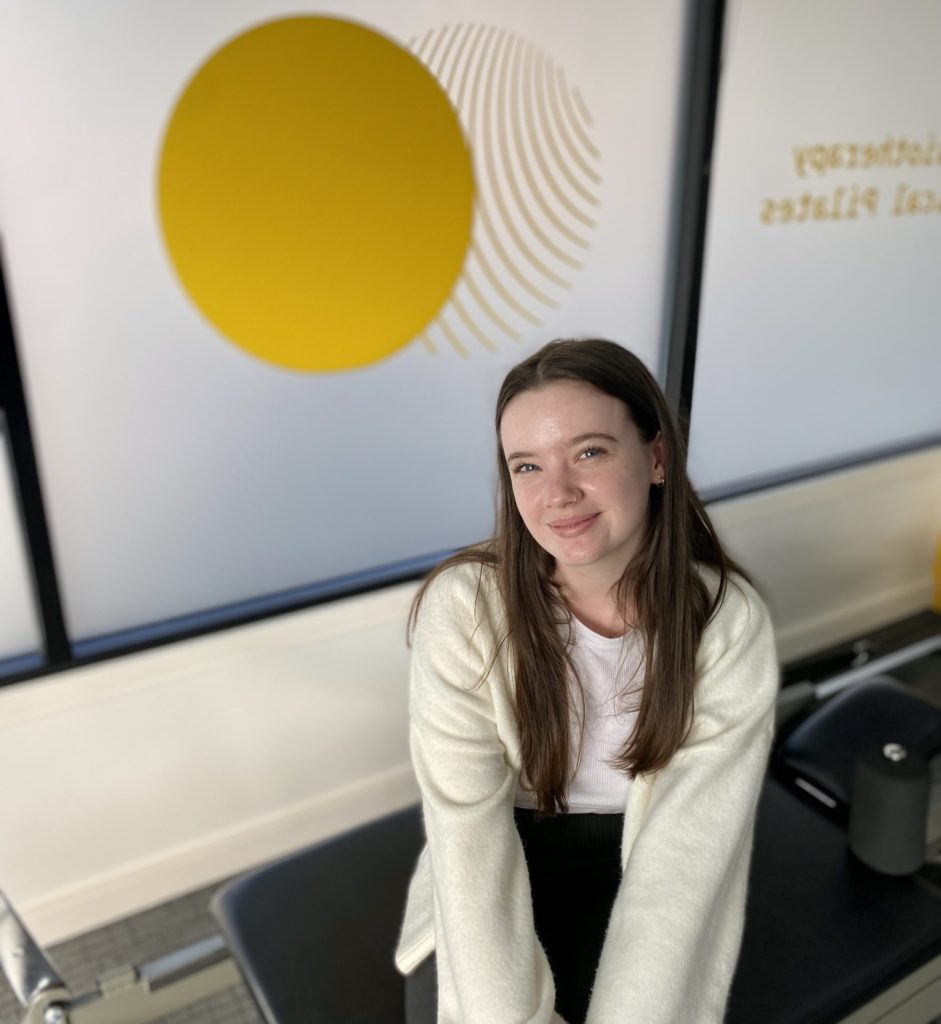As we continue into the colder months, we see an increase in injuries from runners, winter sporting injuries, and skiing. This month we highlight common knee conditions in the sporting population and how physiotherapy can assist. Common conditions that we see from running sports are (but not limited to):
- Patellofemoral pain syndrome/ runner’s knee
- Iliotibial band syndrome
- Patella tendinopathy
- Osgood Schlatters (seen in children and adolescents)

Patellofemoral pain syndrome/ Runner’s knee
A condition that commonly affects the front of the knee cap, but is affiliated with pain in the soft tissue and muscle, bone and joints, ligaments or a combination of these. The common signs are loaded bending of the knee, including running, climbing, lunging, squatting and travelling down an incline.
Iliotibial Band Syndrome (ITB syndrome)
The ITB is a thick band of tissue that runs from the side of the hip, all the way to the outside of the knee. It has several muscles connecting to it, so it can be involved with movement, however it does not control any movements itself. ITB syndrome can cause pain both at the hip and the knee, and is commonly seen in long distance runners and cyclists. It commonly elicits a pain response when going from a bent position to a straight position (i.e. when pushing off while running or pushing down while peddling).
Patella Tendinopathy / Jumper’s knee
Patella Tendinopathy is a condition that is constantly being studied and researched It is a change at the cellular level of the tissue that goes from the base of the knee cap, to the top of the shin. It often occurs in people who are just starting/ returning to exercise, or those who have started increasing the amount of exercise over a short period of time. This pain will present when people have their knee bent post exercise, for example sitting or standing. It will often be ignored for a long time as it will improve when you warm up.
Osgood Schlatters
A knee condition only seen in children and adolescents during growth periods. It can affect the growth plates in the knee, which have turned to bone in adults. It is common to have pain in the front of the knee, similar to that of Jumper’s knee, however pain can also be present at rest or throughout the night. It follows a similar pattern to that of Patella tendinopathy in adults.
Why come to the Physio?
After assessment of your lower limb, a treatment plan will be made not only to manage your pain symptoms, but a plan to help you return to sport. Treatment for all of the above conditions can be very similar. It would involve (but not be limited by):
- Pain management of symptoms including soft tissue work, massage and dry needling
- Taping for knee stability, offloading and support
- Sports modification/ specific exercise prescription, to allow for improved strength and stability to the knee and whole lower limb chain
- Detailed plan for a safe and successful return to activity and load
If you have any questions regarding the above conditions, feel free to reach out to one of our physiotherapists for a consultation.



